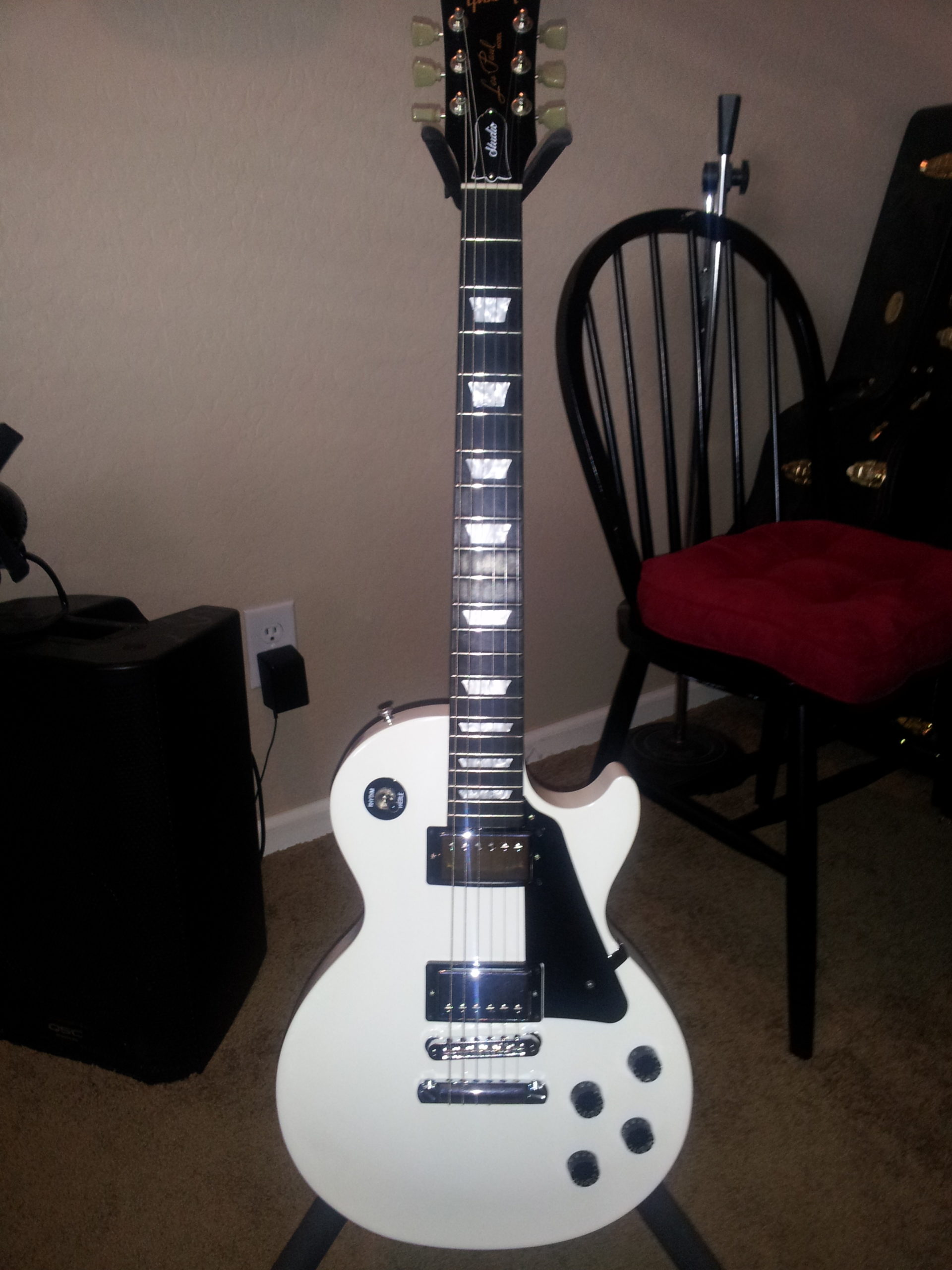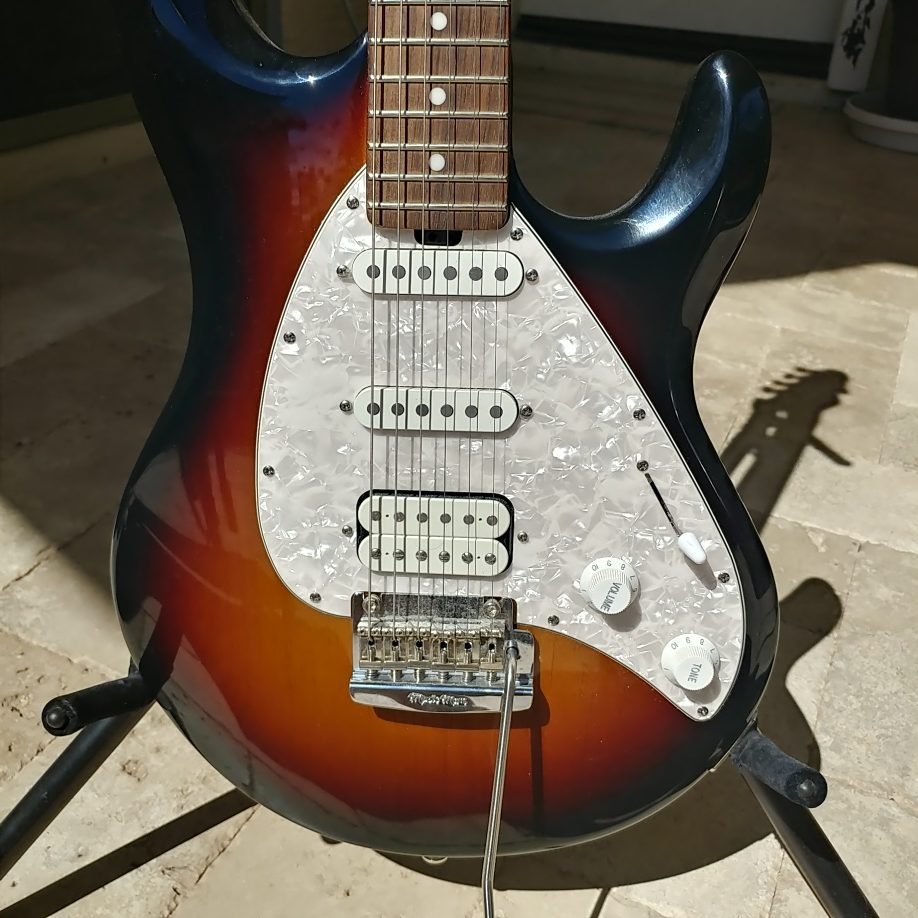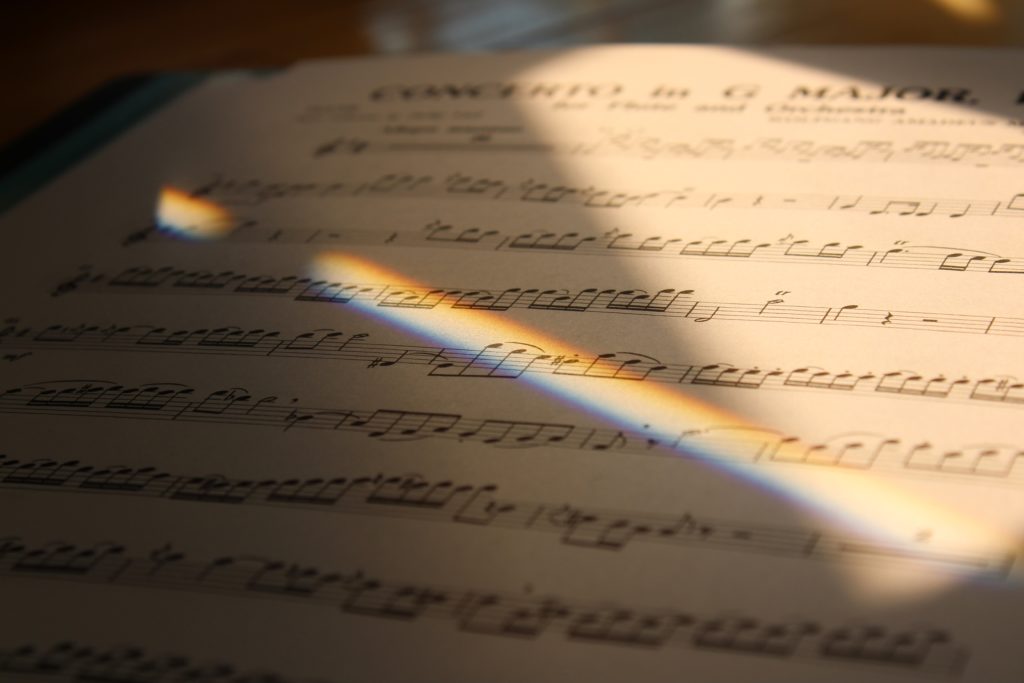Unveiling the Enchanting World of Nylon String Guitars
Nylon string guitars, often referred to as classical guitars, have a rich and storied history that spans centuries. These instruments are known for their distinctive sound, which is characterized by warmth, clarity, and an expressive range that is unmatched by their steel-string counterparts. In this article supported byt the great guitar player at E&J Appliance Repair, we will embark on a journey to explore the captivating world of nylon string guitars, from their historical roots to their diverse musical applications.

Embrace the Nylon String Legacy
Tracing the Evolution
The story of nylon string guitars begins in the early 19th century when luthiers sought to replace the traditional gut strings with a more durable material. This led to the invention of nylon strings, which revolutionized the instrument’s playability and longevity. Over the years, nylon string guitars evolved from their classical origins to become versatile instruments used in various musical genres.
A Testament to Timelessness
Nylon string guitars have stood the test of time, remaining true to their classical roots while adapting to the changing musical landscape. Today, they continue to enchant audiences with their timeless elegance and musicality.
Nylon Strings: A Symphony of Nuances
The Unique Tonal Characteristics
One of the defining features of nylon string guitars is their exquisite tonal qualities. Nylon strings produce a warm and mellow sound that resonates with depth and clarity. This tonal palette allows for a wide range of expressive dynamics, making them the perfect choice for intricate melodies and emotive performances.
A World of Expressive Range
Nylon strings are highly responsive to the player’s touch, allowing for subtle nuances in tone and expression. From delicate fingerpicking to powerful strumming, these strings respond effortlessly, making them a favorite among discerning musicians.
Nylon String Guitars: A Canvas for Musical Expression
Diverse Genres and Styles
Nylon string guitars have found a place in a multitude of musical genres, showcasing their remarkable versatility. Whether it’s the intricate fingerstyle of classical music, the fiery passion of flamenco, the smooth melodies of jazz, or the rhythmic grooves of Latin music, nylon string guitars excel in each domain.
Uniting Tradition and Modernity
While rooted in tradition, nylon string guitars continue to evolve and adapt to contemporary musical styles. Musicians from all backgrounds are drawn to their timeless charm and sonic beauty, creating a bridge between the past and the present.
As we’ve journeyed through the history and tonal wonders of nylon string guitars, we’ve only scratched the surface of what these instruments have to offer. In the next section, we’ll explore the essential aspects of amplification, unlocking the hidden potential of nylon string guitars in a modern context.
Amplification Necessities: Unleashing the Hidden Potential
In the world of music, amplification is key to reaching larger audiences and achieving the desired sound. In the next section, we will delve into the intricacies of amplifying nylon string guitars, dispelling common myths, and guiding you through the process of selecting the right amplifier for your musical needs. Stay tuned for an exciting exploration of the amplified world of nylon strings!
Amplification Necessities: Unleashing the Hidden Potential
Amplifying nylon string guitars is a crucial step in harnessing their full potential, allowing their captivating tones to reach a wider audience and adapt to modern musical settings. In this section, we will delve into the intricacies of nylon string guitar amplification, dispel common myths, and guide you through the process of choosing the right amplifier and microphone techniques to capture the essence of nylon strings.
The Amplification Conundrum: Dispelling Myths and Misconceptions
Myth 1: “Nylon strings don’t need amplification.”
Truth: While nylon strings are known for their acoustic projection, amplification enhances their volume and presence, making them suitable for larger venues and diverse musical genres.
Myth 2: “Any amplifier will do.”
Truth: Nylon string guitars require amplifiers designed for their unique tonal characteristics. Using a generic amplifier may result in loss of clarity and warmth.
Myth 3: “Amplifying nylon strings compromises their natural sound.”
Truth: Tailored amplification preserves the essence of nylon strings, enhancing their tonal qualities without sacrificing their authenticity.
Choosing the Right Amp: Navigating the Amplification Landscape
When selecting an amplifier for your nylon string guitar, several factors come into play:
Size Matters
- Combo vs. Head and Cabinet: Decide between an all-in-one combo amplifier or a separate head and cabinet for versatility.
- Portability: Consider the amp’s size and weight, especially if you’re a gigging musician.
Power Output
- Wattage: Match the amp’s wattage to your performance needs. Higher wattage for larger venues, lower for intimate settings.
Tonal Characteristics
- EQ Controls: Look for amplifiers with flexible EQ controls to fine-tune your tone.
- Built-in Effects: Some amplifiers offer built-in effects like reverb and chorus, enhancing your sound without additional pedals.
Exploring Microphone Techniques: Capturing the Essence of Nylon Strings
The choice of microphone and its placement can significantly impact the amplified sound of your nylon string guitar. Here are some techniques to consider:
Microphone Types
- Condenser vs. Dynamic: Condenser microphones capture nuances, while dynamic mics handle high sound pressure levels.
Placement and Angle
- Soundhole vs. Bridge: Experiment with microphone placement at the soundhole for warmth or near the bridge for clarity.
- Angle Matters: Adjust the microphone angle for the desired tonal balance.
Blending Options
- Combining Microphones: Blend multiple microphones to capture a wider tonal spectrum.
- DI (Direct Input): Consider using a DI box for a clean, direct signal to the sound system.
As we unravel the secrets of nylon string guitar amplification and microphone techniques, we equip ourselves with the knowledge to unlock the hidden potential of these enchanting instruments. In the next section, we will explore advanced techniques for sound reinforcement, further enhancing the natural beauty of nylon strings.
Amplification Techniques: Mastering the Art of Sound Reinforcement
Stay tuned for an in-depth exploration of equalization techniques, feedback mitigation strategies, and the creative use of effects pedals to take your nylon string guitar playing to new heights!
Amplification Techniques: Mastering the Art of Sound Reinforcement
Amplifying nylon string guitars is not just about turning up the volume; it’s an art that involves enhancing the natural beauty of these instruments while managing technical challenges. In this section, we’ll delve into advanced techniques for sound reinforcement, including equalization to bring out clarity and warmth, strategies for conquering feedback, and the creative use of effects pedals to add depth and emotion to your nylon string performances.
Tailoring the Tone: Enhancing the Natural Beauty of Nylon Strings
Equalization Essentials
To optimize the tonal qualities of your amplified nylon string guitar, consider these equalization techniques:
- Treble Boost: Emphasize the brightness and clarity of nylon strings by slightly boosting the treble frequencies.
- Midrange Focus: Enhance the richness and warmth by emphasizing midrange frequencies.
- Bass Control: Adjust the bass frequencies to maintain a balanced sound without overpowering lows.
Preamp Considerations
Invest in a high-quality preamp that allows precise control over your guitar’s tone. A good preamp can help you sculpt your sound to perfection.
Feedback Taming: Conquering the Stage with Confidence
Feedback can be a formidable opponent when amplifying nylon string guitars, but it’s not insurmountable. Here are practical tips to minimize feedback issues:
Proper Microphone Placement
- Distance Matters: Ensure an adequate distance between the microphone and the soundhole to reduce the risk of feedback.
- Soundhole Cover: Consider using a soundhole cover to further minimize feedback.
Phase Cancellation Techniques
- Phase Reversal: Experiment with phase reversal switches on your amplifier or mixer to mitigate feedback.
- Feedback Busters: Use feedback busters or suppressors for on-stage control.
Feedback Filters
Explore the use of feedback filters or notch filters to identify and attenuate specific problematic frequencies without affecting your overall tone.
Creating Ambience and Atmosphere: Evoking Emotions with Effects
Effects pedals can be a powerful tool to infuse your nylon string performances with depth, reverb, and chorus. Here are some ways to use effects creatively:
Reverb
- Hall or Plate: Experiment with different reverb types to add a sense of space and dimension to your sound.
- Subtle vs. Intense: Adjust the reverb intensity to match the mood of your performance.
Chorus
- Subtle Shimmer: Apply a subtle chorus effect to create a shimmering quality to your sound.
- Layering: Experiment with layering chorus effects with reverb for a lush, ethereal atmosphere.
Delay
- Echoes of Expression: Delve into delay effects to create mesmerizing echoes that complement your playing style.
By mastering these advanced amplification techniques, you’ll be well-equipped to unlock the full potential of your nylon string guitar in a live or studio setting. In the next section, we’ll push the boundaries even further by exploring genre-bending experiments and the power of musical fusion with nylon strings.
Unleashing Creativity: Expanding the Musical Horizon
Stay tuned for an exciting journey into the world of experimentation, collaboration, and innovation with nylon string guitars!
Unleashing Creativity: Expanding the Musical Horizon
Nylon string guitars are not limited to traditional genres; they are versatile instruments that can transcend boundaries and venture into uncharted musical territories. In this section, we’ll explore the exciting world of genre-bending experiments, the power of musical fusion, and the innovative techniques that redefine the nylon string experience.
Exploring Genre-Bending Experiments: Fusing Nylon Strings with Diverse Styles
Rock and Pop Fusion
Nylon string guitars may seem out of place in rock and pop, but their warm tones can add a unique dimension to these genres. Consider experimenting with fingerstyle techniques and modern arrangements to infuse your sound with a touch of elegance.
Electronica and Ambient Exploration
The ethereal quality of nylon string guitars makes them ideal for ambient and electronic music. Layering delicate nylon string melodies over electronic beats can create a mesmerizing sonic landscape that captivates listeners.
Blues and Folk Fusion
Blending the soulful sounds of blues and the storytelling traditions of folk with nylon strings can result in emotionally charged performances. The contrast between the rawness of these genres and the refinement of nylon strings can be truly captivating.
Collaborations and Cross-Genre Explorations: The Power of Musical Fusion
Jazz Collaborations
Nylon string guitars have a rich history in jazz, but their potential for collaboration extends beyond traditional jazz settings. Partnering with saxophonists, vocalists, or even electronic musicians can lead to unexpected and exciting musical fusion.
World Music Adventures
Explore collaborations with musicians from diverse cultural backgrounds. Nylon string guitars can seamlessly merge with instruments like sitars, djembes, or flutes, creating a global fusion of sounds.
Chamber Music Crossover
Incorporate nylon string guitars into chamber music ensembles to add a fresh dimension to classical compositions. The combination of strings, woodwinds, and nylon strings can create beautiful harmonies.
Breaking Free from Traditional Boundaries: Redefining the Nylon String Experience
Extended Techniques
Experiment with extended techniques like percussive slaps, tapping, and alternate tunings to push the boundaries of nylon string guitar playing. These techniques can add a contemporary twist to your sound.
Live Looping
Embrace live looping technology to layer different guitar parts and create intricate textures in real-time. This approach opens up endless possibilities for solo performances.
Fusion of Visual Arts
Collaborate with visual artists to create immersive multimedia experiences that combine music and visuals. Projection mapping and interactive art installations can elevate your performances to a new level.
As we embark on this journey of musical exploration and innovation, we’ve only scratched the surface of what nylon string guitars can achieve. In the next section, we’ll revisit the amplified world of nylon strings and explore the transformative power of amplification in enriching your musical journey.
The Amplified Nylon String: A Musical Journey Awaits
Stay tuned for a comprehensive overview of how amplification can expand the horizons of nylon string music, unlocking its versatility and expressive potential!
The Amplified Nylon String: A Musical Journey Awaits
In our exploration of the enchanting world of nylon string guitars, we’ve traveled through time, uncovering their rich history and unique tonal nuances. We’ve ventured into the realm of amplification, dispelling myths, and mastering techniques to enhance their sound. We’ve even pushed the boundaries of tradition, experimenting with diverse genres and collaborations that redefine the nylon string experience. Now, in this final section, we conclude our journey by celebrating the transformative power of amplification for nylon string guitars and looking ahead to the future of this remarkable instrument.
Enriching Your Musical Journey: Embracing the Versatility of Amplified Nylon Strings
Amplification has the potential to elevate your nylon string guitar playing in numerous ways:
-
Sound Expansion: Amplification allows your nylon string guitar to be heard in larger venues and amidst other instruments, broadening your musical horizons.
-
Tonal Control: Through equalization, effects pedals, and microphone techniques, you can sculpt your sound to match your artistic vision, emphasizing clarity, warmth, or depth as needed.
-
Expressive Potential: Amplification enables you to explore new dynamics, experiment with effects, and convey a wide range of emotions through your music.
Embrace the Future of Nylon String Music
As we look to the future, the role of amplification in the world of nylon string music is more significant than ever. It’s a bridge between tradition and innovation, offering limitless possibilities. Here’s why:
-
Expanding Musical Frontiers: Amplification allows nylon string guitars to break free from their classical confines and embrace a world of musical experimentation.
-
Cross-Genre Fusion: The power of collaboration and genre-bending experiments brings nylon strings into diverse musical landscapes, from rock to electronic, and beyond.
-
Innovation and Creativity: Musicians are continually pushing boundaries, inventing new techniques and sounds, ensuring that nylon string guitars remain an instrument of boundless creativity.
The amplified nylon string guitar is a testament to the enduring appeal of classical traditions fused with modern innovation. The journey we’ve taken through these five sections underscores the versatility, adaptability, and expressive potential of these remarkable instruments.
So, whether you’re a seasoned musician or just starting your nylon string adventure, remember this: the future of nylon string music is bright, and it’s amplified. Embrace it, explore it, and let your music soar to new heights.
Thank you for joining us on this musical journey, and may your nylon string guitar continue to inspire and delight.



